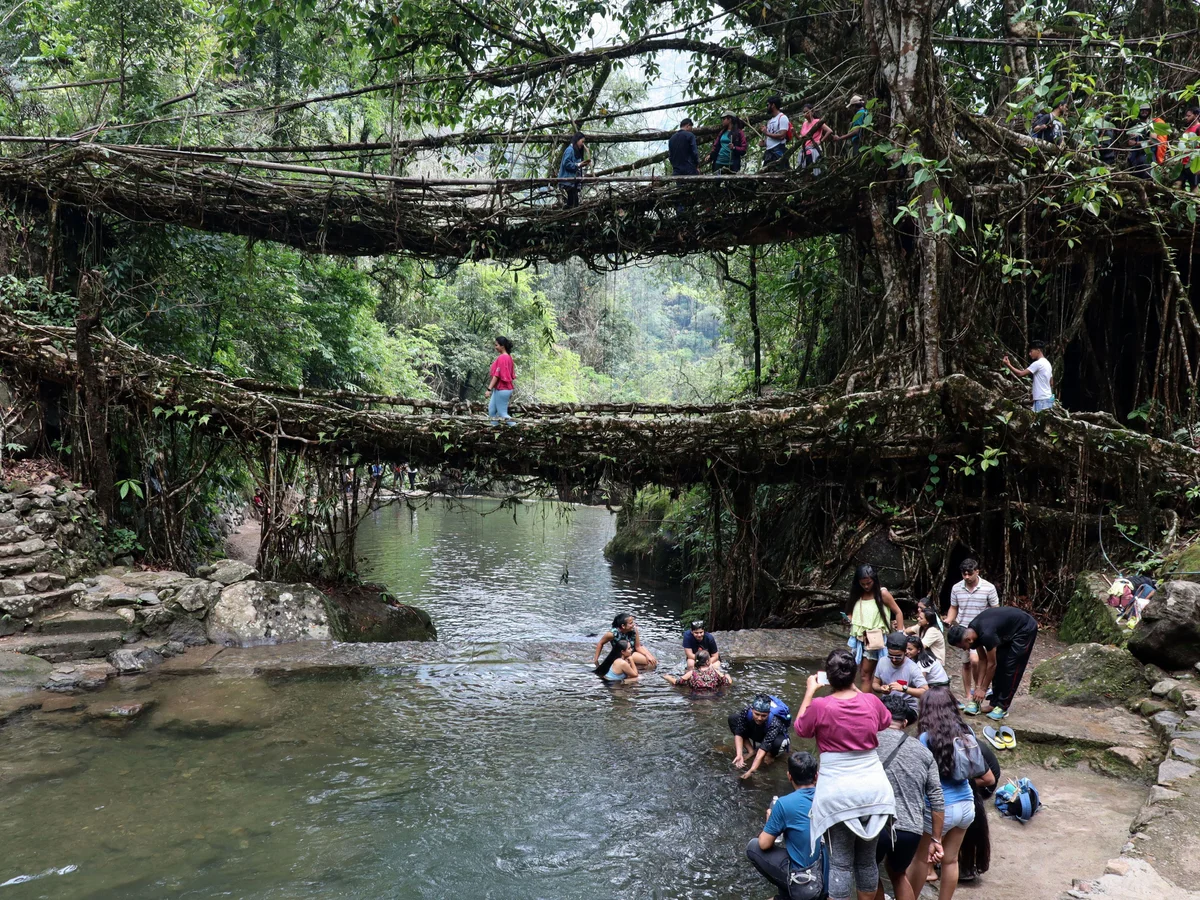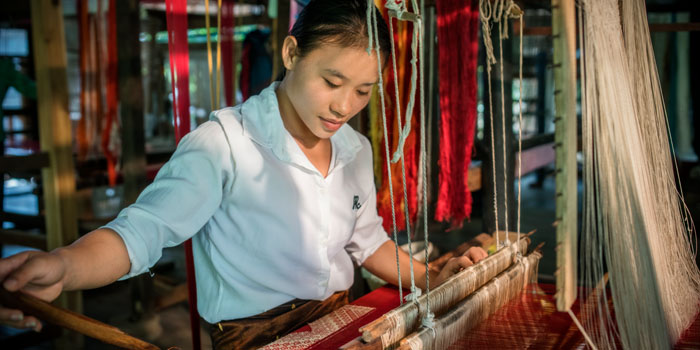Deep within the verdant landscapes of Meghalaya, India, lies a marvel of bioengineering: the living root bridges crafted by the Khasi and Jaintia tribes. These natural structures are formed by guiding the aerial roots of the Ficus elastica tree across rivers and streams, allowing them to anchor and strengthen over time. Some of these bridges span over 50 feet and have been in use for centuries, showcasing a harmonious blend of human ingenuity and nature’s resilience.
The creation of a living root bridge is a meticulous process that can take 15 to 30 years. Villagers intertwine young roots along bamboo scaffolds, directing their growth until they naturally merge and solidify into a sturdy passage. Unlike conventional bridges, these living structures gain strength with age, resisting the region’s heavy monsoon rains and floods. This sustainable practice not only addresses the community’s transportation needs but also reflects a deep understanding of ecological balance.
Recognized by UNESCO as a potential World Heritage site, the living root bridges have garnered international attention for their unique blend of culture, sustainability, and innovation. They serve as a compelling example of how traditional knowledge can offer solutions to modern environmental challenges. For travelers seeking to experience this intersection of nature and culture, visiting Meghalaya’s living root bridges offers an unforgettable journey into a world where humanity and the environment coalesce seamlessly.




